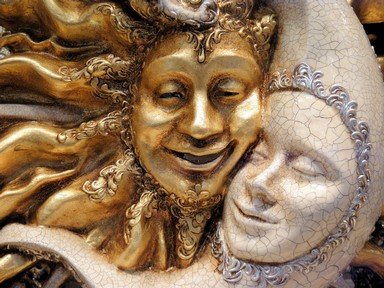
Great 20th Century Plays Trivia Quiz
Can you sort these sixteen twentieth century plays into the correct boxes? To make things slightly trickier, I've not given you the names of the four playwrights concerned.
This is a renovated/adopted version of an old quiz by author Bretton
by stedman.
Estimated time: 3 mins.
- Home
- »
- Quizzes
- »
- Literature Trivia
- »
- Plays